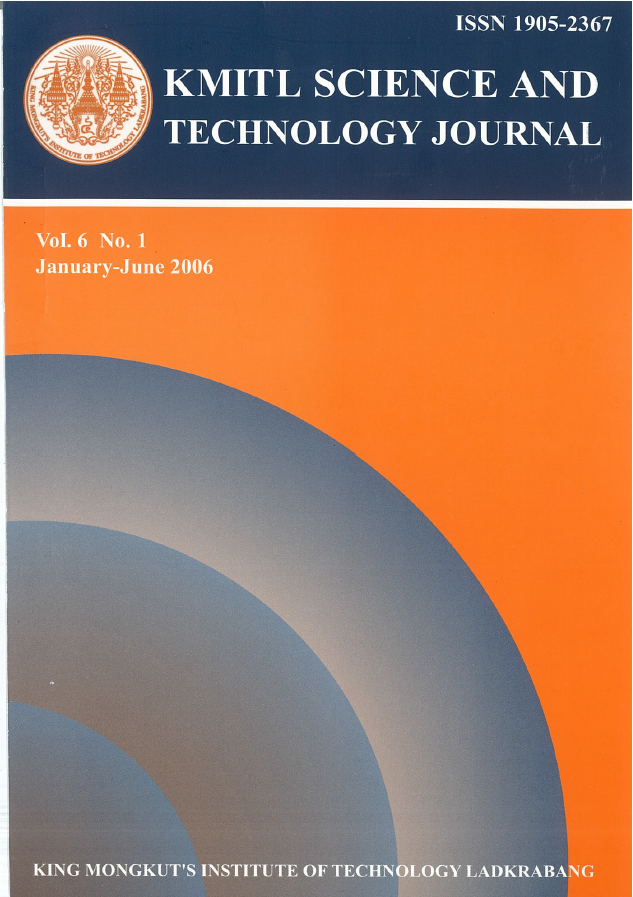Chromium is an important industrial metal used in various products and processes. Hexavalent chromium is relative mobile in the environment and is acutely toxic, mutagenic, teratogenic and carcinogenic. The impacts of chromium on human health and the environment is of wide concern. Therefore, it is imperative that hexavalent chromium be removed from wastewater. A removal of hexavalent chromium using scrap iron filings was studied in both synthetic wastewater, containing 20 mg 1-1 of hexavalent chromium plating wastewater. All experiments were evaluated in batch experiments. Effective conditions for removal of hexavalent chromium were found to be pH of 3, iron particle sizes of 35 - >200 mesh, agitating rate at 250 rpm, contact time at 180 mins., iron dosage of 1 g. According to the experiment results, almost all of hexavalent chromium was transformed to trivalent chromium. Trivalent chromium and total iron in the aqueous solution were then removed by precipitation with alkaline solutions. In this work, sodium hydroxide and calcium hydroxide were used. It was found that the use of sodium hydroxide was more effective than that of calcium hydroxide. The reaction rate constants from the results following first order reaction were calculated. In addition, it was found that nickel and copper in the aqueous solution did not affect on the reduction of hexavalent chromium.
Keywords: chromium plating wastewater, hexavalent chromium, scrap iron filings
Corresponding author: E-mail: kjsuwann@kmitl.ac.th
Junyapoon*, S. ., & Weerapong, S. . (2018). Removal of Hexavalent Chromium From Aqueous Solutions By Scrap Iron Filings. CURRENT APPLIED SCIENCE AND TECHNOLOGY, 1-12.

https://cast.kmitl.ac.th/articles/145083